










I THINK IT WAS YACHT DESIGNER CHRIS WHITE WHO invented the forward sailing cockpit on performance cruising cats. His Atlantic series all have them, and they have proven both popular and an efficient way to manage the halyards, sheets and control lines for the performance rig.
When Peter Johnstone started Gunboat, he adopted the forward cockpit and the brand has used them in most of their boats ever since, with modifications along the way. And Kinetic Yachts, another brand of performance cruisers, also has adopted the forward cockpit concept and has added amenities to it so it is a comfortable place to lounge either at anchor or underway.
So, the pros of forward cockpits are convenience for sail handling, great visibility of the sails and the ocean ahead of you and a neat way to concentrate all the line spaghetti that comes with a performance rig in a non-living part of the boat. Plus, this leaves the aft cockpit completely uncluttered with sailing lines and gear; this is particularly attractive on cats that sail with a professional captain and crew.
But, forward cockpits are not loved by some experienced sailors for one particular reason: You have very little protection from wind, rain and the spray that comes off the bows when sailing at relative high speeds, as one does in performance cats.
This is not a problem in fine weather and normal sailing conditions. If the weather is lousy, you’re probably not going out sailing to begin with. But on passage, when you have to face whatever Poseidon throws at you, standing a watch in the forward cockpit can be an ordeal.
Once, I was sailing on passage north around Cape Hatteras in a northeasterly gale aboard a cat with a forward cockpit. We needed to keep one crew at the mainsheet at all times in case we needed to blow the sheet in a hurry, which meant standing watch in the forward cockpit. In strong wind, heavy rain and with seas punching up through the tramps, the cockpit was a mighty uncomfortable place.
So, if you are looking at boats with forward cockpit, keep my experience in mind and balance that off in your own judgement against all of the pros.
Editor and Publisher
George Day
Ph: 401-847-7612
Fax: 401-845-8580
george@bwsailing.com
Bill Biewenga
Contributing Editors
Rebecca Childress
John Neal
Sandy Parks
Art Director
Ph: 401-847-7612
Fax: 401-845-8580
sandy@bwsailing.com
Advertising Sales & Marketing Consultant
Tom Casey
tomcat911@comcast.net
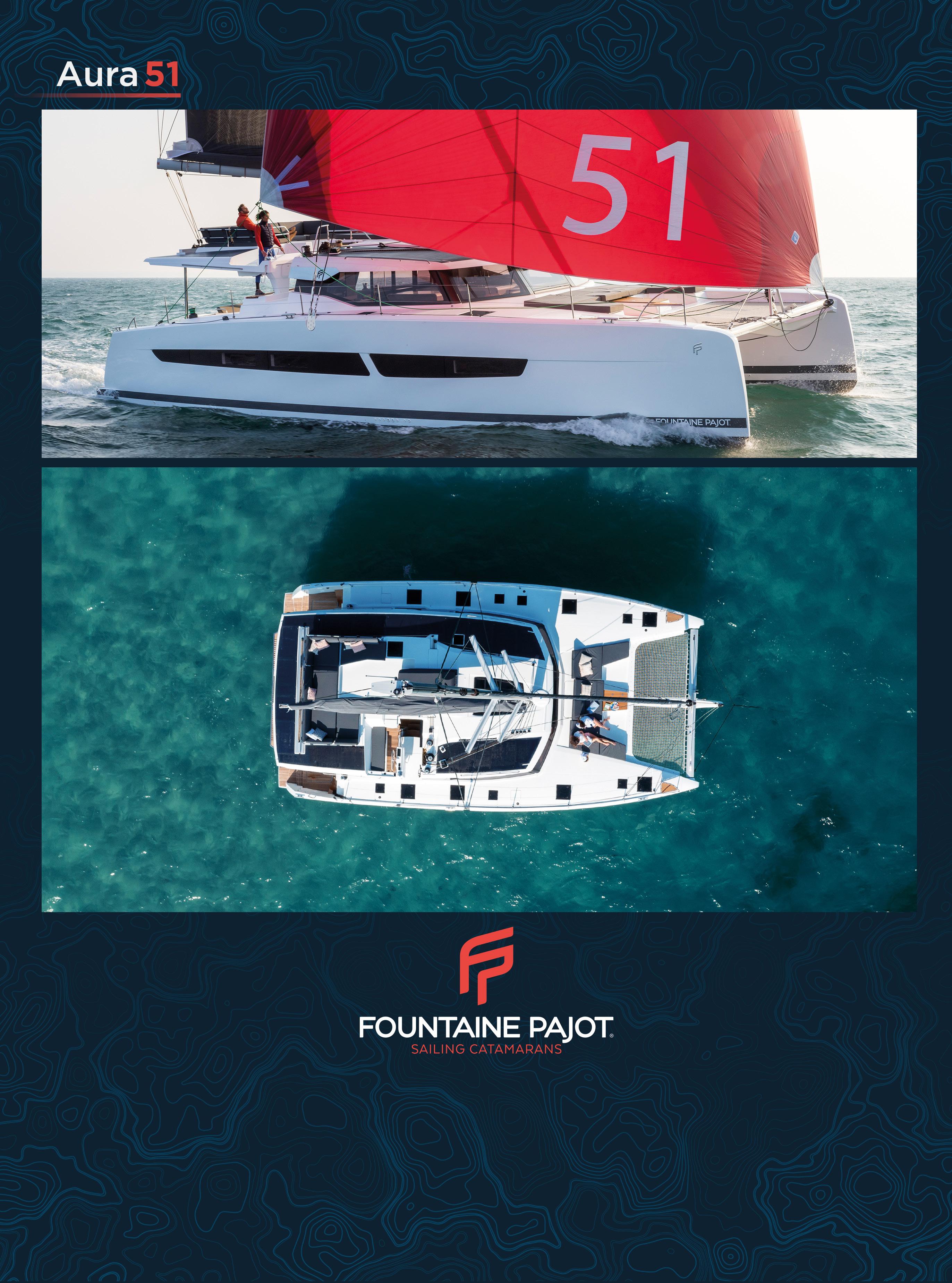


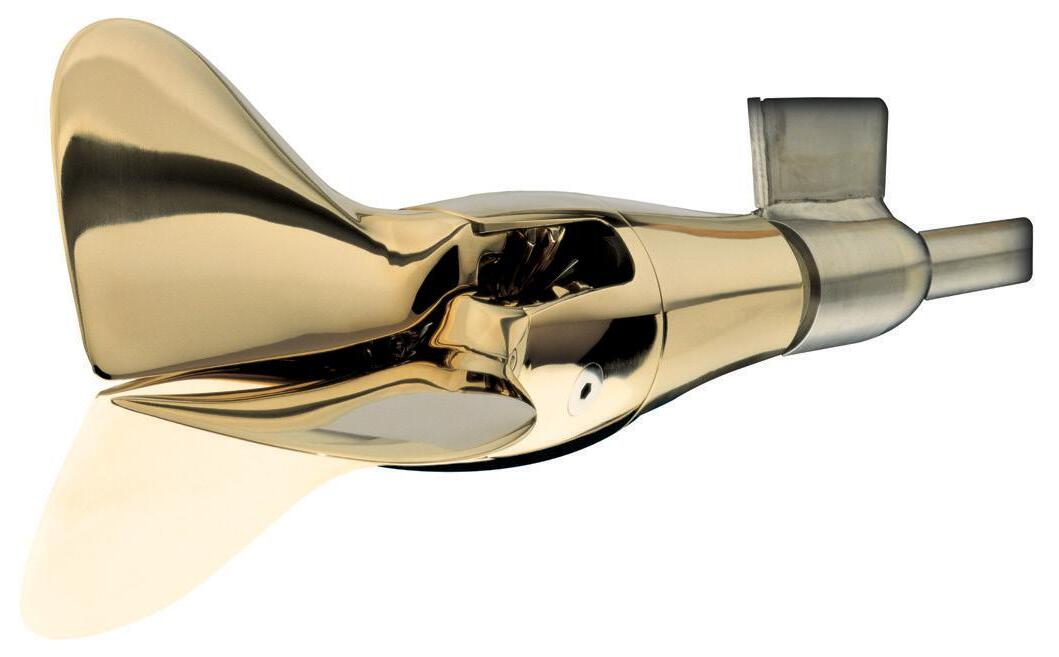
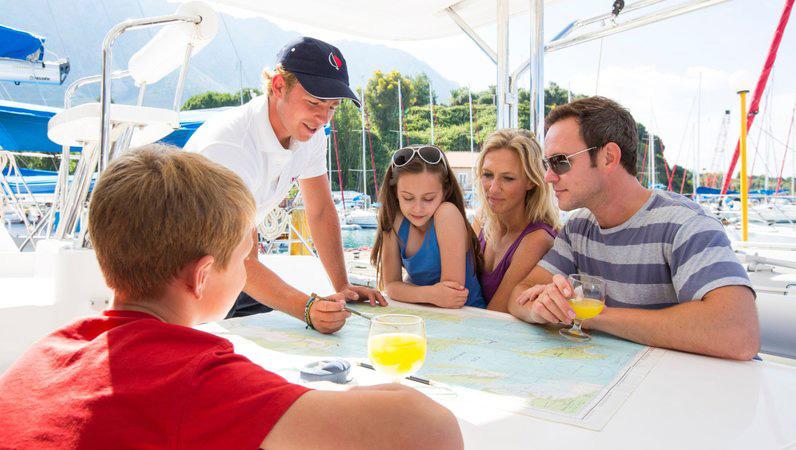

SUNSAIL IS EXCITED TO ANNOUNCE an even easier way for charter guests to book a professional captain when planning a sailing vacation. The Skippered Charter Package is now available and is a welcomed addition to Sunsail’s comprehensive range of charter options.
This new Skippered Charter Package will be offered onboard Sunsail’s fourcabin 454L sailing catamaran, a flagship yacht with a generous interior, perfect for socializing. It features an upper outdoor lounge area with wrap-around seating and 360 views. The package includes a professional skipper, the skipper’s provisioning, and WIFI, where connectivity is available.
No matter your skill level, a skipper adds great value to any charter vacation by removing the guests’ responsibility
of handling the yacht, as well as adding extensive local knowledge of the destination. See the local bars, restaurants, and snorkel spots with your captain as a guide. Skippers will live aboard the yacht full time ensuring that each captain is thoroughly familiar with the vessel. The Skippered Charter Package is designed to be easy to book, with improved transparency regarding both the yacht and the Skipper on board. All Sunsail skippers are carefully selected and have a multitude of sailing experience to ensure guests sailing holidays are outstanding.
This charter option is now available to book for charters departing from Agana, Croatia. Antonio Lipanovic, Agana Base Manager, comments, “The new package makes it simpler and easier than ever for both new travelers and




Our
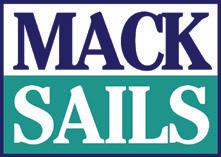
experienced sailors to organize and enjoy a sailing charter holiday with a dedicated captain on board. When selecting this package, customers will be able to view skipper profiles before booking for added transparency, and it is inclusive of everything needed to accommodate the skipper. We are looking forward to welcoming travelers to Agana who are new to holidays at sea. With over 1,000 islands to explore, this slice of Croatian paradise has something to offer everyone, from island-hopping your way to top-rated beaches on Brac, to exploring the ancient town of Trogir, and enjoying a traditional wine-tasting at a vineyard in Vis. We would recommend booking early for the best availability of dates and skippers!”

This package comes as an addition to Sunsail’s current skippered charter

offering. If guests are interested in booking a skippered charter outside of the package, they are still able to do so by selecting any yacht from any of Sunsail’s worldwide destinations, adding a skipper, ensuring there is a cabin spare for them, and providing their food and drink.
For more information visit The Sunsail Skippered Charter page here.



Sunsail blog


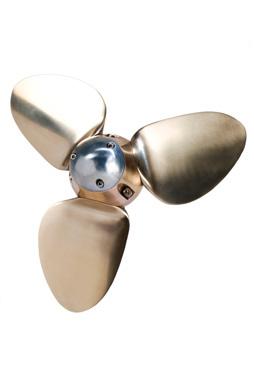
Feathering
High quality hatches & portlights. Flush, compact, smooth design.


THE WORLDWIDE ACCEPTANCE OF CRUISING catamarans and the understanding that most of them are at least as safe if not safer than monohulls, has made finding insurance for them an easy task. There is nothing special about catamarans as a class of vessel regarding current yacht markets.

In the past 10-to- 20 years catamarans were harder to insure since the underwriters were not as familiar with them. The good news is a that lot has changed since then.
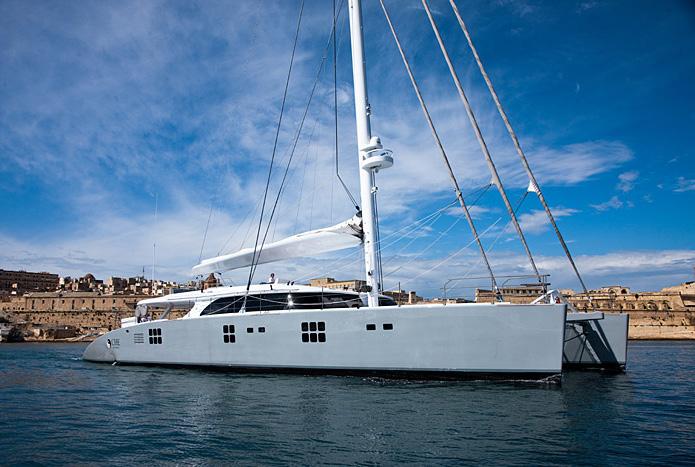
The risks and frequency off capsizing has been a thing of the past. In fact, the risk of a catamaran capsizing (and floating if she is built with foam) is less than a monohull sinking and disappearing to the bottom of the ocean.
While some insurance companies cover only certain catamaran manufacturers others may cover a different group. It can be confusing, which is why you must do the proper research to find adequate catamaran insurance coverage.
Racing catamarans are still in same class of risk as racing monohull as they are boats which are often pushed beyond safe limits. The underwriting market for trimarans is slightly more limited than catamarans but a little research will result in proper coverage.
How much is catamaran insurance? There are many factors that affect the actual cost of boat insurance. There are however some rules of thumb. Insurance typically runs 1.5% to 3% of the cost of the catamaran.
* Generally, catamarans will have the same underwriting requirements as similar length monohulls. Owner and operators must show history and/or past experience for which insurance companies will give them credit.
* Past loss experience: Usually a major factor and an operator with a recent total loss or number of major incidents will have a hard time placing coverage.
* Navigation area: Sailing your catamaran South of Florida / Georgia border during hurricane season (from July 15 to November 1st) will have a more limited
market and reflect higher rates. This does not mean that you cannot sail in the Caribbean in August, but the premium might be higher.
* Storm coverage for your catamaran: Special plans are required in wind storm areas. It is very important to conform to your insurance plan submitted to underwriters.
* Politically restricted zones: Sometimes navigation of your multihull in areas such as Cuba, Haiti, Venezuela are more restricted. Colombia is being more accepted lately.
* Charter insurance for your catamaran: If your catamaran is to be operated as part of a business or in charter, underwriting will be slightly higher but you may benefit from the savings of a fleet policy negotiated by a charter company. See if you can get on to their policy.
* Catamaran Surveys for Insurance: Underwriters require surveys when you first purchase a catamaran unless the boat is brand new. Usually, a major manufacturer’s Builder’s Certificate will serve as proof of seaworthiness. Catamarans should be surveyed every 5-to-10 years. All pre-owned catamarans will require surveys.
* Surveyors findings: All surveys of catamarans will have recommendations that the surveyor will note on his report. Underwriters normally require all recommendations to be complied with. This is because the insurance companies rely on a surveyors’ recommendations for the vessel’s seaworthiness.
* Length, age and condition of your catamaran: Bigger and more expensive cats are sometimes less costly to insure as
a percentage of the boat’s value.
* Be very careful in filling out insurance applications for your catamaran. Any factual errors or misrepresentations can void coverage.
* Transatlantic crossings: For catamaran ocean crossings, insurance underwriters normally require a minimum of 3 crew with offshore experience. This is the same for monohulls.
Some Tips about insuring your catamaran:
* Check to see if your newly purchased catamaran has a clean title. If it doesn’t, getting it insured may become a problem
* Go with a reputable well-known boat insurance company to insure your catamaran. You will be more certain to get claims paid against your insurance with a reputable, well-known marine underwriter.
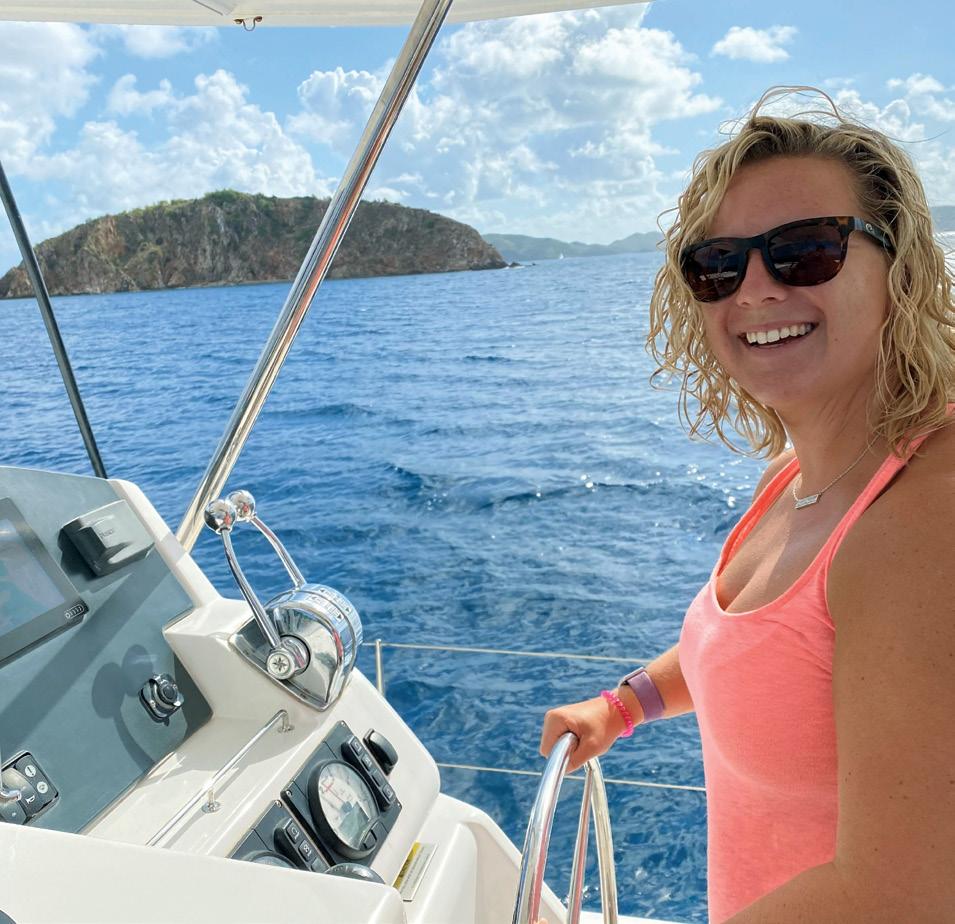
* Avoid lesser known or small marine insurance companies. You may run into trouble if you should ever have to file an insurance claim for your catamaran.
* Don’t skimp on your catamaran’s insurance; doing so could result in higher out-of-pocket costs if repairs to the catamaran are necessary.
Contact Aeroyacht for recommended Insurance Brokers.
Gregor Tarjan is the founder and president of Aeroyacht, based on Long Island, New York. Aeroyacht is a full service multihull sales company that represents many high quality brands, including Nautitech, NEEL and McConaghy as well as being both a buyer’s and a seller’s agent for brokerage multihulls. You can contact Aeroyacht through their website here.
British Virgin Islands
The


Since 1964, providing freedom on the water through courses with the most skilled and professional instructors on the horizon
British Virgin Islands Florida OffshoreSailing.com
888.852.1865
“I went from knowing very little to feeling confident.”
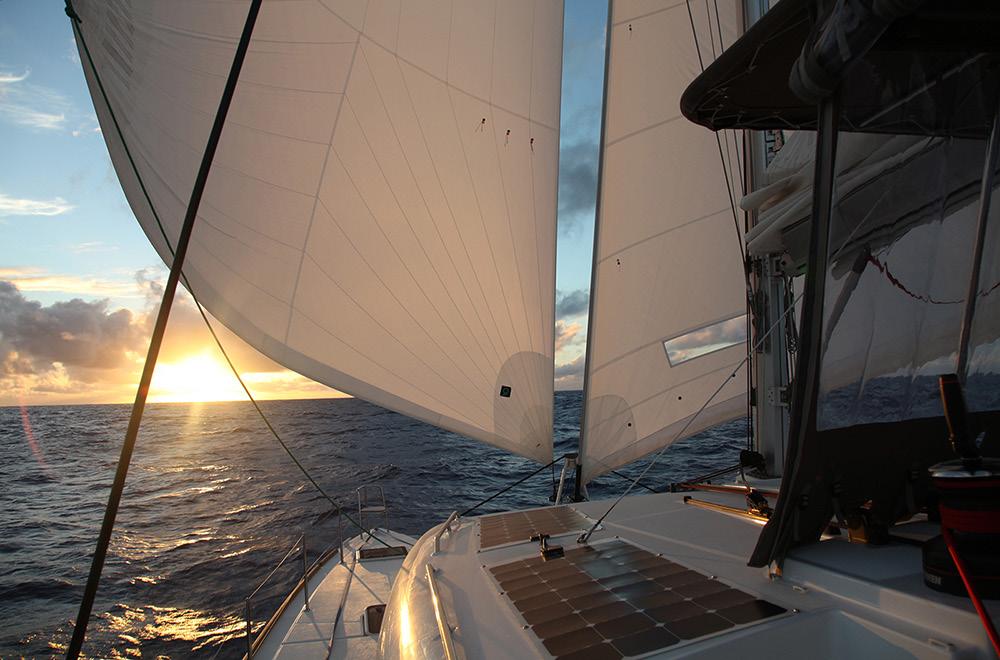 by Jim Toomey
by Jim Toomey
That was the mantra of boat crews and rally organizers alike during the week we spent together preparing for the transatlantic as part of Jimmy Cornell’s Ocean Odyssey, attending lectures, hosting happy hours and helping one another prepare. It was the unwritten subtitle of the rally—The Atlantic Odyssey (It’s Not a Race).
Oddly enough, it began like a race, with a starting line, a committee boat and the blast of a gun, with all 23 participants
starting their epic journey within fifteen minutes of each other. We had faced many empty horizons before, especially over the past months of island-hopping in the Mediterranean, but this one was different. This horizon would stay empty for at least three more weeks—that’s if we kept up our speed, the electronics kept us on course, we didn’t encounter a significant rig failure or hit a floating container and sink. We were venturing into the high seas: a part of the planet administered by no government and controlled by no authority. Soon, we would be nobody’s responsibility. This
three-weeks-or-more passage was far and away the most dangerous sailing we had ever attempted, and for most of it we would have only ourselves to rely on.
The first day on the ocean, most of the boats stayed in visual contact, with two or three outliers that set a course farther south. The next morning, we were alone. The fleet had literally scattered to the wind.
The NOAA weather map we downloaded with our satellite phone told us that the Azores High was going strong, a little too strong, and we were seeing 25-knot winds and towering waves. Since the boat was moving at 10 knots straight downwind, our apparent wind was a more manageable 15 knots, but it was still a wild sleigh ride
through the rough seas. Night watch was particularly terrifying, and as a precaution, we reefed the sails before sunset.
As we were sailing along on the fourth day, we heard a snap: the outhaul had broken, and the mainsail was fluttering like a flag. Fixing the outhaul proved easy enough, but not ten minutes later we heard another snap and watched helplessly as the code zero slowly collapsed into the water in front of the boat. Before we could react, we sailed right over it and wrapped it around the keel. Two major failures in minutes! At this rate, we would have to abandon ship before dinner. Then I remembered what Jimmy Cornell had mentioned in one of his lectures, almost as an aside. If, over a three-week ocean crossing, the boat

pitches and rolls once every few seconds, then during the voyage the boat will have to tolerate hundreds of thousands of cycles. Things will inevitably break. At the top of the mast in a bosun’s chair, I managed to repair the halyard while being swung around like a tetherball.


Eight days and nearly a thousand miles into the ocean crossing, the wind died, forcing us to start one of the engines. The sea was flat and featureless in all directions. We were skating across an
infinite mirror that reproduced the sky in every detail. Fuel was not a concern yet; we started with enough to drive roughly a third of the way across the ocean, and we had used very little so far. With the flat water and the drone of the diesel engine, the monotony reached a level I had not thought possible. As I sat at the helm waiting for the end of my watch, time, like the sea and the air, seemed to stand still.
The stars were our companions during night watches, when the sky in midocean is a stargazer’s paradise. Not only are planets and the hazy band of the Milky Way in sharp relief, but satellites are also plainly visible as they race across the sky. Meteors became an ordinary part of our evenings, and we no longer pointed them out when they streaked by. Meteorites, the kind that make it all the way to earth impact, still warranted a mention.
On Valerie’s midnight-tofour watch, she witnessed a
flaming projectile with a long, fiery tail drop out of the sky and disappear in the wink of an eye. No other crewmember could corroborate the account, but she said it was close enough to hear the splash.
On day 14, the winds strengthened, pushing Sacre Bleu with more and more force. Despite this, she refused to go
Most of the rally arrived within a day of each other in Barbados, where we gathered to celebrate our accomplishment.
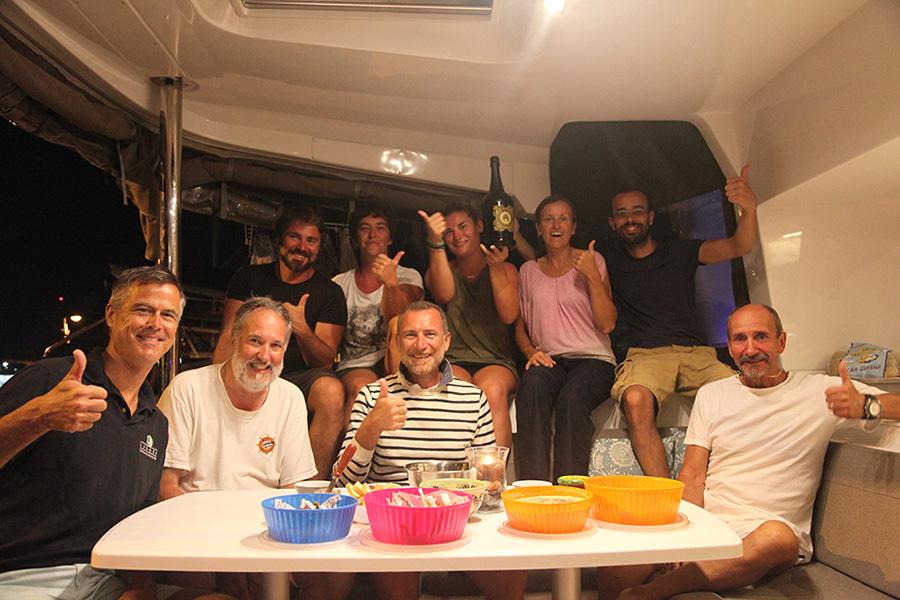
groaning under the force of the wind as they tried to pull a 16-ton boat through the water faster and faster but couldn’t. I stood at the stern wanting to admire the rooster tail of a wake we were leaving behind, but all I could do was look up at the rig and worry.
On day 18, we encountered a continuous
any faster. Her theoretical hull speed played a role, but also, water resistance increases with speed, and like skydivers, displacement boats reach a terminal velocity—a point where the forces pushing it forward are offset by the forces holding it back. Once a sailboat hits its maximum speed, the wind stops making it go faster and turns its attention to breaking it. Sacre Bleu’s rig and sails were
line of isolated squalls that appeared as discrete, dense storms wandering the seascape, whipping up white caps beneath. With the squalls meandering in all directions, and the boat sailing in one direction, it was inevitable that we would cross paths with one of the pummeling downpours, forcing us to furl the sails and close the hatches. In daylight, the squalls did not intimidate much. Under
a shrouded night sky, however, the rumble of distant thunder and the flash of lightning brought worry. Somewhere out there was a monster, a ghost on the radar screen, that we could no longer see or outmaneuver.
On day 19, just as I was taking the 4 a.m. watch from Valerie, the lights of Bridgetown, Barbados, rose up from the horizon. Valerie went below to get some sleep, leaving me alone on the bridge to savor the last few miles of our ocean crossing. After three weeks under the bluish light of the moon and distant galaxies, the amber, incandescent glow of Bridgetown marked the commencement of our reentry into civilization.
Suddenly, the wind died. When a cooler breeze filled in from a different direction, I knew what was coming next. I rushed down to wake Valerie, but by the time I returned to the flybridge, both sails had jibed, and the boat was racing off course. In the span of a few seconds, the wind accelerated to over 40 knots and shifted 90 degrees, pinning the jib against the rigging with such a force that it was impossible to take down. I started the engines and drove the boat into the wind so we could lower it. After 20 minutes of pummeling rain, it was all over. We had just crossed 2,600 miles of ocean, and we encountered the most violent weather of the entire voyage within view of the lights of Barbados.
We arrived in the early hours of the morning with the two other catamarans from the rally in view. I was exhausted, proud and a little melancholy about it all being over. Part of me had expected more of an adventure, and the other part of me was relieved by the monotony of the crossing. Either way, we had crossed an ocean.
Similar to our decision to embark on the cruise itself, Valerie and I accepted the challenge of the transatlantic knowing that potential dangers lurked, but with the right preparation we could minimize them. Luck played a role, as it does with every endeavor in life, but our plan did not rely on luck. Our children, Madeleine and William—at the ages of fourteen and twelve—have an achievement in their young lives that few ever attain, and we hope the perspective they gained from crossing an ocean will make other ambitions seem more achievable.
Valerie and I had considered flying our children to Barbados, like responsible parents, and hiring a crew for the crossing. The horrific scenarios that played out in our imaginations bolstered the argument not to expose our kids to three weeks of open-ocean sailing. But after 15 months in the Mediterranean, through storms and anchor draggings, deck swabbing and night watches, we were a crew and a family, and crossing the ocean had to be done together. Now, each of us had a feeling of accomplishment and a new appreciation for the vastness of the planet in an era when distance has become inconsequential in our daily lives.
Over the next 24 hours, most of the remainder of the fleet arrived, with each crew looking similarly exhausted, relieved, and proud. Of the 23 boats that began the crossing, 21 finished within three days of our arrival. One stopped at Cape Verde for repairs, and one would not arrive for another

two weeks.
Excerpt from Family Afloat, available on Amazon Prime. More about the voyage here


Jim Toomey is an internationally published humor writer and syndicated cartoonist best known as the creator of the popular comic strip Sherman’s Lagoon, published daily in over 150 newspapers, including
The Washington Post, the San Francisco Chronicle and the Chicago Tribune.
Valerie Toomey moved to the U.S. from her native France 25 years ago. Since then, she has worked in international shipping, run a children’s boutique, and for the past 10 years worked in the boating industry, currently as a yacht broker for Atlantic Cruising Yachts.
Every year we hear of yachts becoming total losses after piling onto offshore reefs or islands. Don’t let this happen to you. Ensure that you are well rested for landfall. If you are fatigued from a difficult passage, the strong urge to get into port can overpower good seamanship and judgment.
Continually calculate your arrival time to ensure a daylight arrival. Be prepared to slow down or possibly heave to. Be patient. Don’t be tempted to make landfall in an unfamiliar port in the dark, squally, foggy or stormy weather as far more boats are lost while making landfall during these situations than are lost midocean.
Electronic navigation charting systems don’t allow for safe landfall at night as few of the charts in third world waters have been corrected using satellite imagery. Maintain a watch with a good 360-degree lookout, remembering to check astern for overtaking traffic and monitor all electronic equipment: radar,
depth sounder, GPS, and radio. Check current and tide tables and study the cruising and pilot guides. Expect the surface current to increase as you approach land.
Seamanship doesn’t end once your anchor is down. Make a practice of always plotting your GPS position on a paper chart as soon as you drop anchor in a new bay. This is a quick and simple way to check chart accuracy.
Ensure you always have an “out” if the anchorage conditions change. It’s prudent to set a course and enter waypoints to an alternative anchorage in event of a major wind shift. If possible, dive to check the set of the anchor.
If the wind should increase substantially or change direction, put out to sea, move to a more protected anchorage or set additional anchors. Don’t wait to see what other skippers do. Monitor the position of surrounding vessels as they may prove to be your highest risk.

If you’re safely anchored and an arriving vessel anchors directly upwind of you or in a way that blocks you from raising your anchor or you don’t feel comfortable don’t hesitate to either reanchor in another spot or ask the new arrivals to move. After you’ve had a few boats drag down on you during a midnight squall you’ll understand that this affects the safety of both vessels.
Sailors can be like sheep, exhibiting strong herd instincts. If there is only one vessel anchored in a bay, an arriving skipper may anchor as close as possible to them. Don’t be guilty of this; perhaps the crew of the original vessel enjoys their privacy.
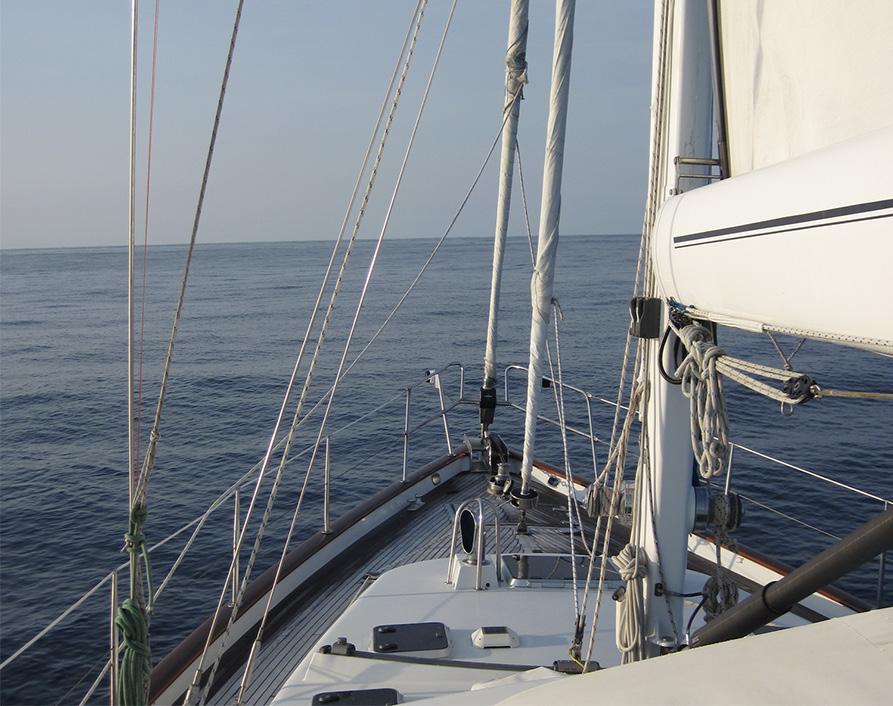
Gaining seamanship skills should be viewed as an ongoing process. Continually look for ways to increase your knowledge and practical application of shipboard tasks and procedures. Ensure your vessel is well maintained and always have consideration for the comfort and safety of all aboard.

John Neal operates Mahina Expeditions in the Pacific Northwest where he trains sailors in the art, science and traditions of offshore sailing. www.mahina.com
On-Board Weather Handbook, Chris Tibbs, International Marine
Understanding Weatherfax, Mike Harris, Sheridan House
Illustrated Navigation, Ivar Dedekam, Fernhurst Books
Offshore Cruising Companion, John
and Amanda Neal, www.mahina.com
World Cruising Routes, Jimmy Cornell
Surviving the Storm, Steve Dashew. www. Setsail.com
Radar Trainer, www.starpath.com
Heavy Weather Cruising, Tom Cunliffe, Fernhurst Books
Black Wave, John and Jean Silverwood, Random House
Ten Degrees of Reckoning, Hester Rumberg, Penguin Books
WHEN IT COMES TO CHOOSING THE RIGHT cruising catamaran, one of the key decisions sailors need to make is whether to opt for daggerboards or fixed keels. Both options have their merits and drawbacks, and understanding the pros and cons of each can help you make an informed decision. In this article, we will delve into the advantages and disadvantages of daggerboards and fixed keels on cruising

catamarans, enabling you to evaluate which option best suits your sailing style and preferences.
Improved Upwind Performance:
Daggerboards provide superior upwind performance by reducing leeway. These retractable fins can be lowered
to increase lateral resistance, allowing the boat to sail closer to the wind and maintain higher speeds, particularly in light wind conditions. New C-shaped daggerboards also ad lift which reduces wetted surface for better speeds and actually help the boat sail even closer to the wind.
Variable Draft:
Daggerboards offer enhanced maneuverability due to their ability to be raised partially or completely. By lifting the boards, you can reduce draft and navigate shallow waters, making them an excellent choice for exploring coastal areas and anchorages that may be off-limits to catamarans with fixed keels. Also, in heavy weather, you can put both boards partially down to reduce pitching and rolling. And, if you
are scudding in big waves, you can raise the leeward board to prevent the hull tripping over it and leaver some of the windward board down, to add stability.
Improved Downwind Performance:
Performance cats are designed for speed and will rarely run dead downwind, since the sailing angle on a broad reach will provide higher apparent winds and better sailing speeds. On this angle, raising the windward board reduced drag while leaving a segment of the leeward board down will provide lift and reduce leeway.
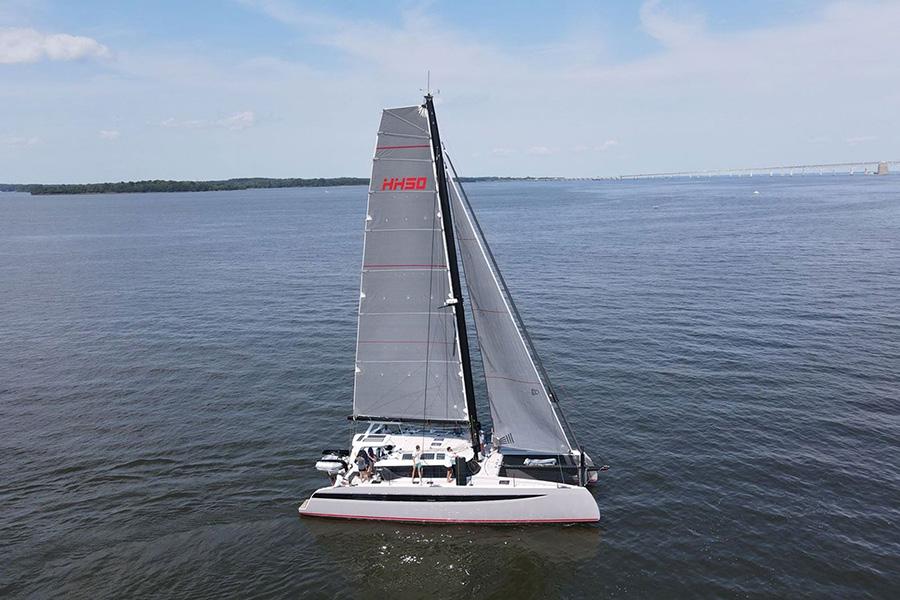
Added Complexity:
Daggerboards are more complex than fixed keels, involving moving parts, controls, and maintenance. Sailors need
to be familiar with their operation and be prepared to address any issues that may arise. Additionally, daggerboards require regular inspection, cleaning, and maintenance to ensure optimal functionality.
Prone to damage:
Daggerboards have fine hydrodynamic shapes with sharp leading and trailing edges. And, they are deeper than fixed keels. Both aspects expose the boards to flotsam and jetsam that can ding the keels or, in a worst case, break one right off.
Affects interior spaces:
The daggerboards require daggerboard boxes in the hulls at about amidships. These boxes have to be built into the interior space and thus reduce living space by a
small amount. But, it is a factor.
Increased Cost:
This is really the kicker. Incorporating daggerboards into a catamaran design adds to the initial cost of the vessel. The construction, installation, and maintenance of daggerboards will create additional initial expense during the build compared to fixed keels. And, in ongoing maintenance, you will spend something every year to keep the daggerboard in top shape.
Structural Simplicity:
Fixed keels offer a simpler design, as they don’t require moving parts or controls. They are a reliable and low-maintenance solution, providing peace of mind to sailors who prefer a more straightforward sailing setup. The keels also act as a protection for the hulls should you go aground or need to haul out in a boat yard that can’t provide a cradle.
Enhanced Stability:
Catamarans with fixed keels typically have a lower center of gravity, providing increased stability. This stability is advantageous in rough weather conditions, as it reduces the risk of capsizing and enhances overall safety.
Reduced Initial Investment:
Compared to daggerboards, most catamarans with fixed keels are built by high-volume production builders and come at a lower initial purchase cost than custom or semi-custom performance cats with daggerboards. If you are on a tighter budget, a cruising catamaran with fixed keels might be a more affordable option.

Fixed keels generally compromise upwind performance due to increased leeway. This can result in a wider tacking angle and reduced efficiency when sailing against the wind, which may be a disadvantage for sailors who prioritize performance in these conditions.
Limitations in Shallow Waters:
Catamarans with fixed keels have a deeper draft, making them less suitable for exploring shallow areas or navigating close to shorelines. This limitation may

restrict your cruising options and limit access to certain anchorages or destinations.
Choosing between daggerboards and fixed keels for a cruising catamaran involves considering various factors such as sailing preferences, intended cruising areas and budget. Daggerboards offer improved upwind performance and enhanced seakeeping options but come with added complexity and increased costs. On the other hand, fixed keels offer simplicity, stability, protection from a grounding and reduced initial investment.
ONE OF THE TOP MULTIHULLS BUILDERS IN the world, Leopard has, in the last five years, devoted a lot of energy to building their power cat offerings. The 53 and 46 have proven to be excellent family cruising boats and commodious charter boats.
Built in Cape Town, South Africa, Leopard cats are known for their robust builds, innovative designs and for having designers with a keen ear for listening to their owners. Every new design and every new generation of the designs builds on a long history of working closely with The Moorings and Sunsail for charter boats and with the Leopard brand for private cruising cats.
The new 40PC is one of the smallest cruising power cats on the market and is a natural entry-level for families who
want a power cat but want to keep the cost, complexity and maintenance at a moderate level.
Designed by Simonis Voogd, the 40PC has all new hulls and engineering, to reduce displacement and boost both cruising speeds and fuel efficiency. The cat’s look is a modernization of the 53 and 46, with nearly plumb bows and an attractive sheer line. The cabin top angles slightly forward which melds nicely with the sheer line and the forward leaning sterns to give the impression of dynamic forward motion.
The flying bridge is the largest available in cats of this size and will make both a great place for piloting the boat and for relaxing at anchor. The fixed hard top, with its forward leaning aft pillars that match the angles of the sterns, adds to
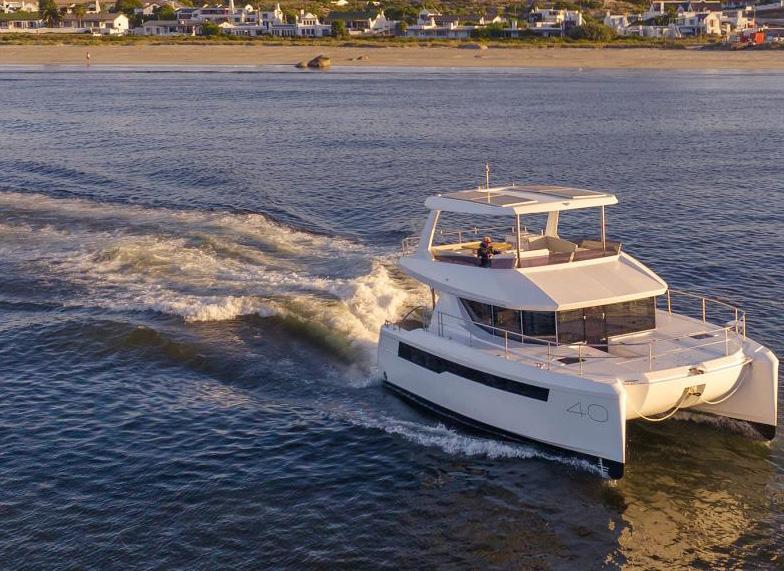
of light and fresh air. The compartments are large enough to install a watermaker, inverters, a genset and air conditioning units.
The salon has huge windows so it provides plenty of natural light and great views. The galley is aft with the homestyle fridge-freezer to starboard and the stove, sink and microwave oven to port. There are ample storage cabinets for dry goods, cutlery, dinnerware and your pots and pans.
by George Daythe 40’s racy look and fits visually very nicely with the lines of the hulls and cabin. The signature black detailing on both hulls hides the opening ports and enhances the boat’s elegant lines.
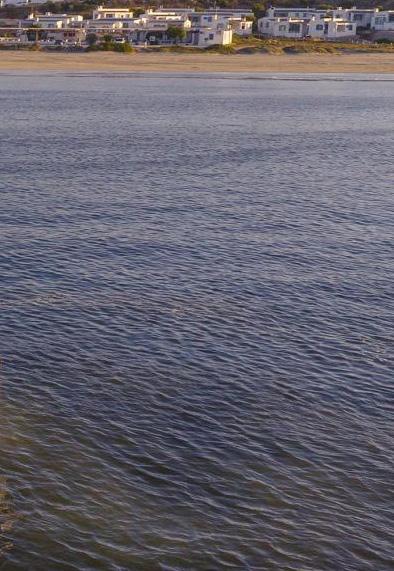
The cockpit and salon are all on one level separated by large sliding doors that, when open, create one large indoor-outdoor living space. The cockpit has a bench aft with a table that will seat four comfortably with the addition of folding chairs. Dinghy davits are mounted on the aft end of the cockpit.
The engine rooms have extralarge hatches so climbing into them for regular engine maintenance and repairs will be easy and augmented by plenty
Forward of the galley is a single easy chair on the starboard side, a large L-shape dinette to port and the inside steering station. This inside helm will be the place to be when steaming in wet or cool weather or making an overnight passage.
Between the dinette and the inside helm, a proper water-tight glass door leads to the forward cockpit and forward lounge. On sunny days, this will be the place to hang out. It also offers a convenient path
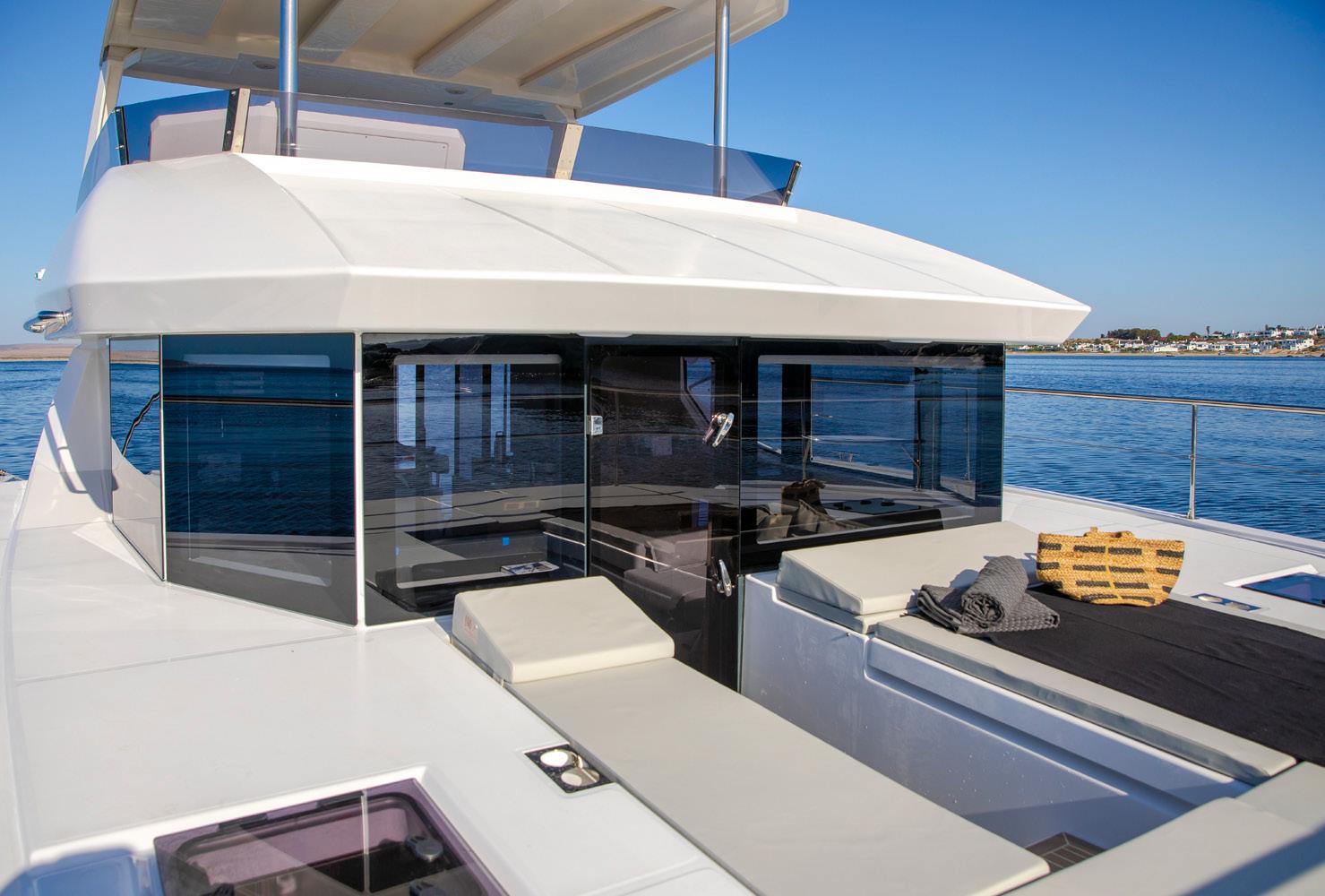
A little sister to the Leopard 53 and 46 PCs, the new 40 punches above her weight
The standard configuration offers three separate cabins and two heads. The owner’s suite is in the starboard hull, with a walk around double berth aft, storage and hanging lockers amidships and the large head and shower stall forward.
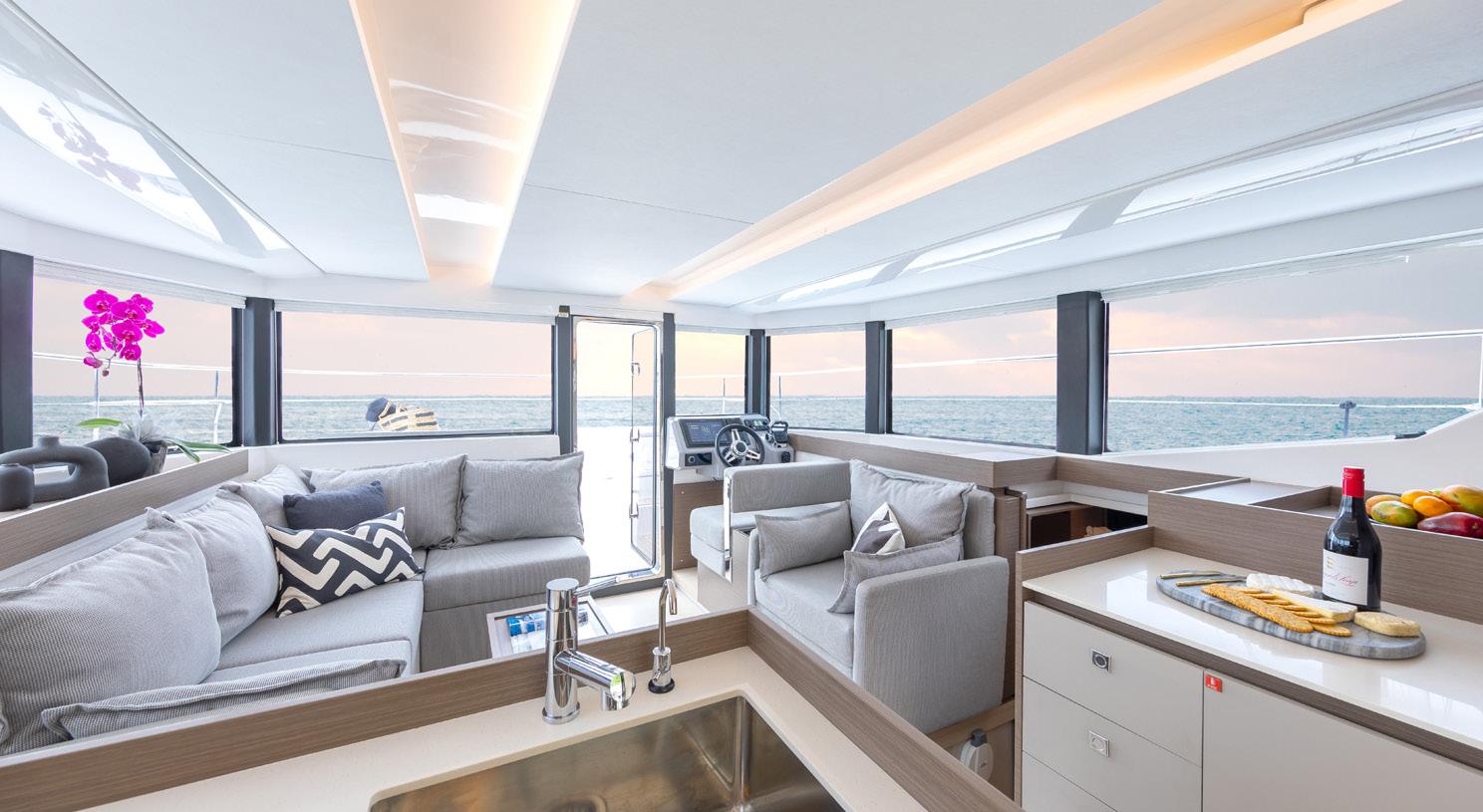


The two guest cabins are in the port hull with the shared head amidships between them. Both are large enough and have storage for family and friends to visit comfortably for days or weeks at a time.
Leopard is one of the world’s largest builders of catamarans and is the supplier for cats that go into The Moorings and Sunsail fleets. They build hundreds of cats every year and get plenty of feedback from their owners and the charter operators. The result is a very special combination of quality, durable built practices, with many practical, time-proven innovations. Plus, the boats are both handsome to look at and deliver performance that will get you where you want to go without breaking the bank at the fuel dock.
The smallest power cat in the line, the 40PC really packs a punch and will be perfect for all sorts of coastal cruising.
To visit the Leopard website, click
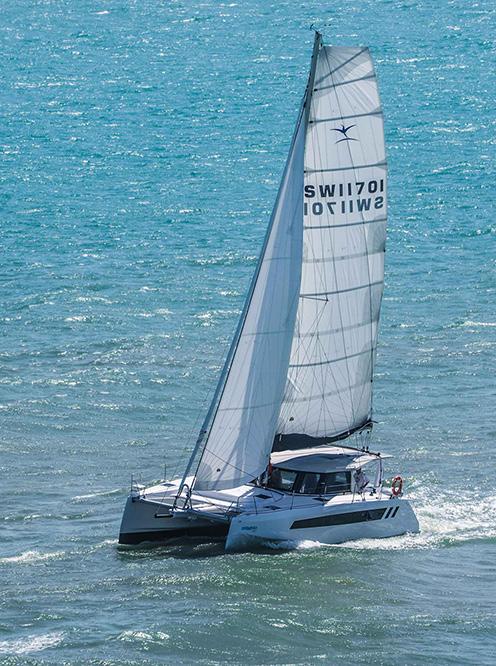 by George Day
by George Day
SEAWIND HAS BEEN ON A ROLL lately with interesting modern cat designs that truly appeal to the international crowd of cruising sailors who are looking for added sailing performance coupled with spacious accommodations. The Seawind 1370 was launched three years ago and to date 90 boats have been sold with a five year lead time.
While Seawind has expanded their facilities in Vietnam to meet this extraordinary demand, they still are years out from deliveries. So, for the new 1170, which at 40 feet, is a replacement for the 1160, the company decided to diversify and has built a brand new facility in Izmir, Turkey. This factory will at first be dedicated to building the 1170 and will allow for deliveries of new boats to European customers without the need to ship the hulls from Vietnam.
The new design, which was developed under strict security, is the perfect little sister to the 1370 and carries the same sleek lines to the slightly reverse sheer
andcabin top. With an LOA of 39’8” and a beam of 21 feet, this is one of the smaller cruising cats on the market. Yet, the designers and builders set out to make it a complete and capable world cruiser with that extra performance edge.
The all-new hulls have full length waterlines for maximum speed capability. Hard chines are designed above the water lines so that the hull in the water will have a minimum wetted surface while the chines add buoyancy and expand interior space. Under the water, the 1170 sports fixed keels that will aid upwind performance and protect the hulls in an accidental grounding.
The builder, based in Vietnam, creates a very special cat for owners who love to sail
The rig will offer great sailing performance in a package that will be easy for a couple to handle from the cockpit. The working plan has a large square-top mainsail and a self-tacking jib that tacks down to a curved track with a low friction car.
A longeron or mini-bow sprit comes standard so a Code Zero or Screecher can be flown on its own roller furling device forward of the self-tacking jib. This will be the reaching sail and will handle most downwind conditions, too. But, the 1170 also has a bow sprit that extends almost a yard forward from which
you can fly a loose luff asymmetrical spinnaker for blasting along on broad reaches and runs. The 1170 carries a lot of performance DNA.
The cockpit is fairly compact, with a seat across the transom and twin helms port and starboard. The port helm is the main steering station but the two steering systems are independent of each other so you have built in steering redundancy. The main sheet and traveler are mounted on top of the cockpit’s Targa bar and there are skylights in the hard top at both helms so you can keep an eye on
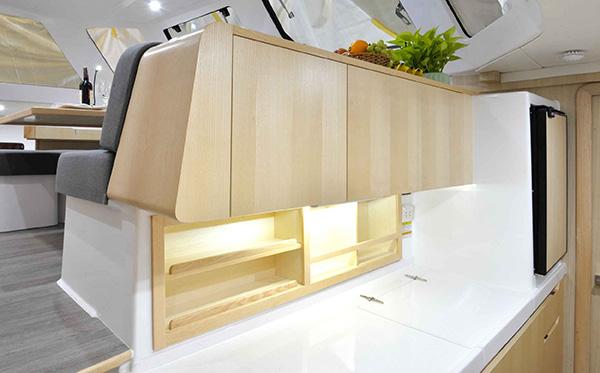
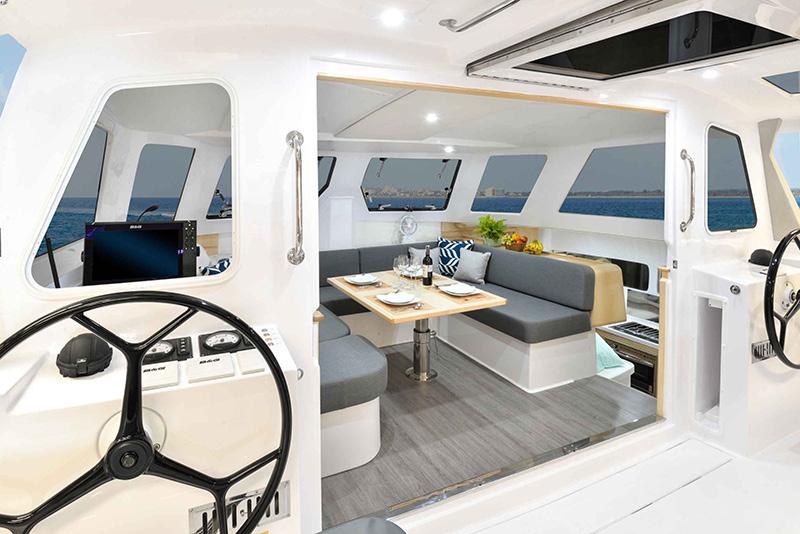
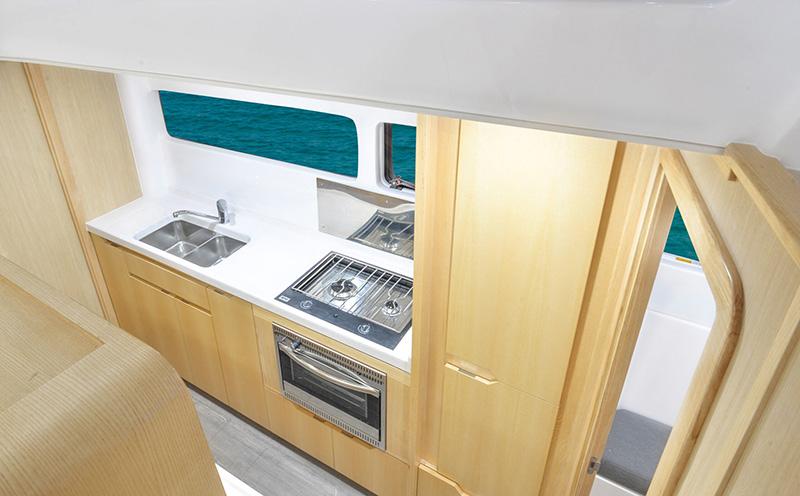
mainsail trim. Dinghy davits are mounted on the Targa bar side supports.
As in almost all Seawind Cats, the cockpit and the saloon are on one level and the door between them folds up under the hard top thus transforming the two areas into one large indoor-outdoor living room.
The saloon has the U-shaped dinette forward and amidships, with the nav table to port. The galley is down in the starboard hull. The windows surrounding the saloon are large and offer a lot of natural light and great views.
The galley is down in the starboard hull and fitted out with double sinks, a fridge/ freezer and a stove/oven. There are plenty of cabinets for pots and pans, dishware and dry goods. Forward of the galley you’ll find a large guest cabin. The second guest cabin lies aft of the galley and the enclosed head.
The owner’s cabin takes up the full port hull with the walk-around double berth forward, hanging and storage lockers amidships and the large head and shower in the stern. A cruising couple will feel very comfortable living aboard in this cabin for months and years at a time.
The 1170 is powered by two 29-hp. Yanmar diesels that will easily push her along at eights knots. With 135 gallons of fuel, you will have a useable range of over 500 miles under power alone. But, since the 1170 is a fine sailing machine, you won’t have to motor once the wind gets over eight knots or so.
The hard top over the dodger has been designed for mounting up to
five large solar panels. Combined with the 450-amp-hour battery bank and the use of LED bulbs in the house lights, you can expect to be relatively self-sufficient at anchor in sunny conditions. And, with 135 gallons of fresh water in the tanks, a water maker will only be a necessity if you are going very far afield. Plus, the hard top has a raised lip all around which acts as a water catcher during rain storms.
Up until now, all Seawind cats have been built in Vietnam and then shipped or delivered on their own bottoms to new owners around the world. But, the new factory in Turkey changes everything. It is easy to imagine a buyer from North America or Europe taking delivery of a new 1170 in Turkey and starting their cruising lives right then and there. After all, Turkey, Greece and the rest of the Med are some of the world’s best cruising grounds.
The 1170 is a very attractive addition to the Seawind fleet and to the cruising cat fleet in general. I am sure it will be even more successful than its big sister the 1370.
Click here to visit the Seawind website.



Walking a beach where the only footprints in the sand, are your own. Enjoying a refreshing drink from an island bar only accessible by boat. Waking up each morning with the flexibility to sail anywhere you wish. These experiences redefine luxury -- and are the hallmark of any yacht charter vacation.


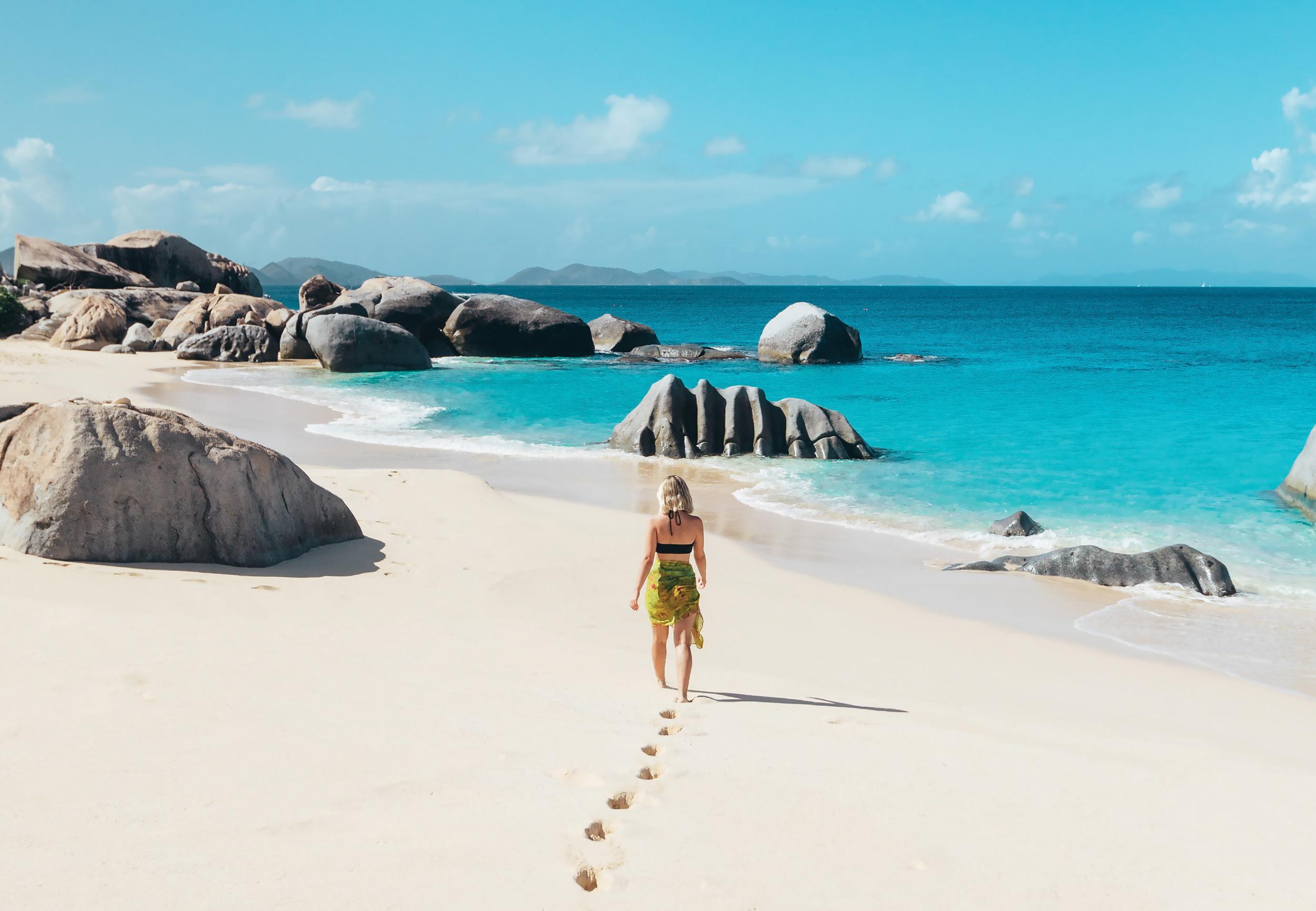
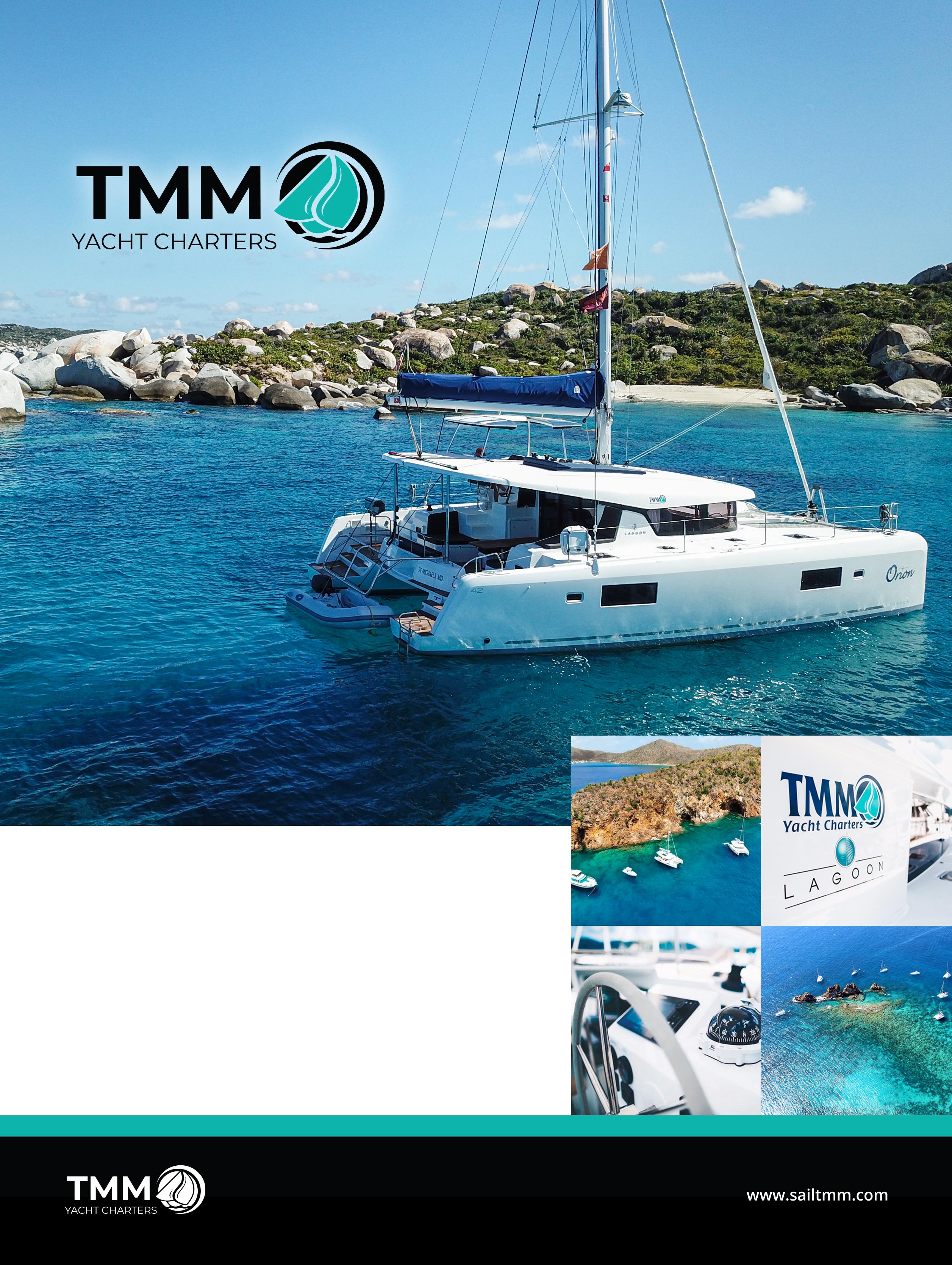
This year, we invite you to discover unbridled freedom and authentic travel experiences with The Moorings. Unforgettable moments await.

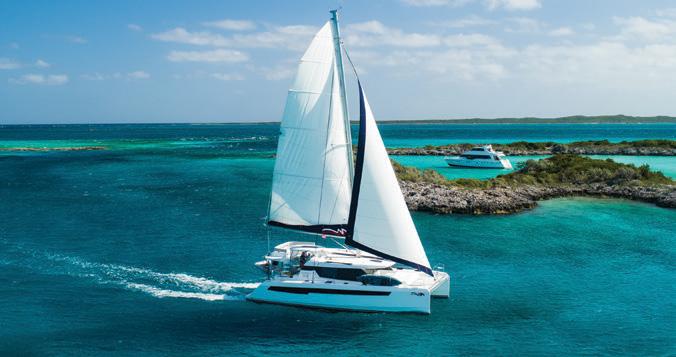



The freedom of a sailing vacation remains unparalleled, and Sunsail is here to help you make the most of every moment on the water. Comprised of passionate sailors from all over the world, our team of charter experts can help craft the perfect sailing getaway for you, your friends, and your family.
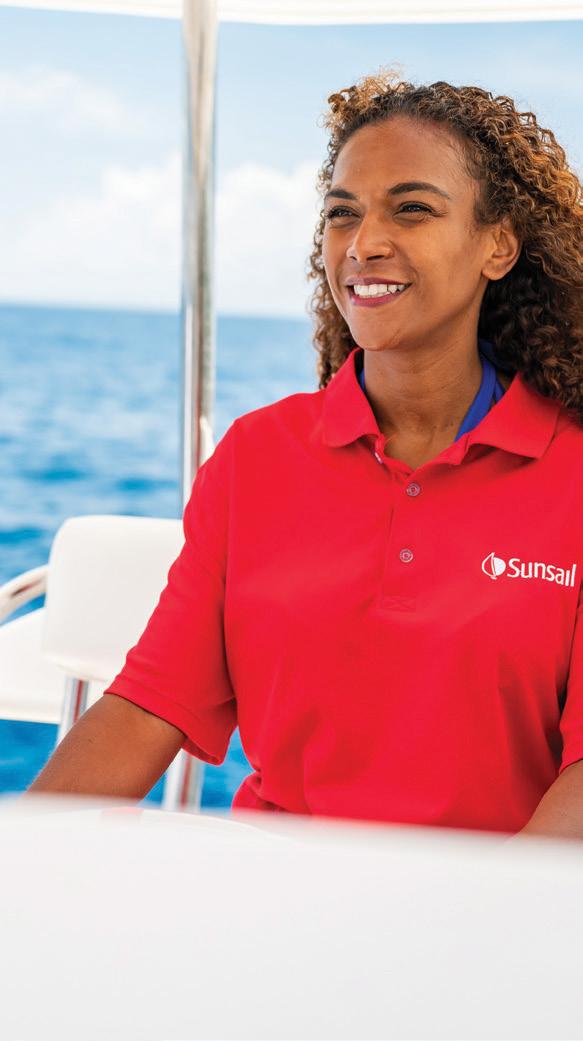
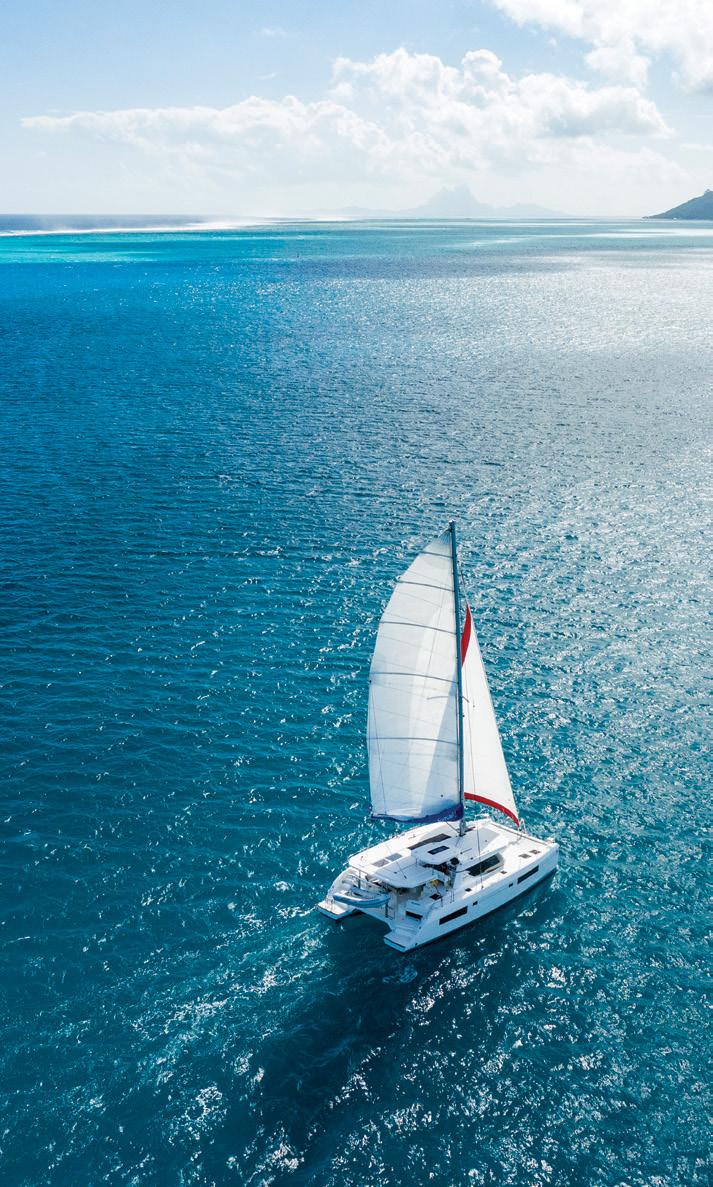
Select your charter destination from our extensive list of worldfamous cruising grounds, choose the ideal yacht for your crew, and let us help take care of all the details that make a yacht charter among the most unique, and memorable vacation experiences available today. sunsail.com | 800.437.7880 See

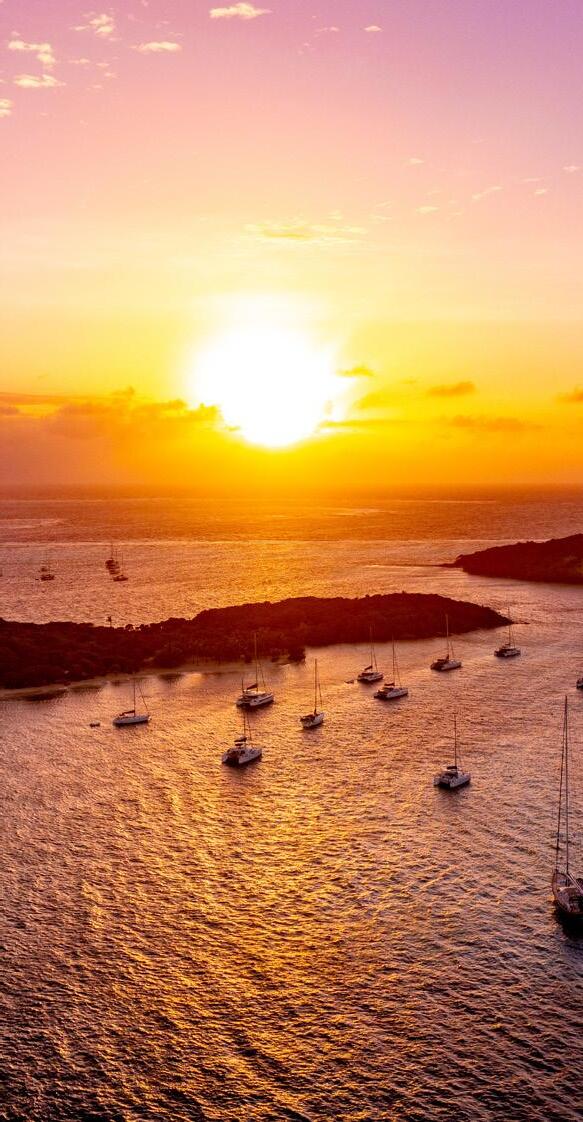
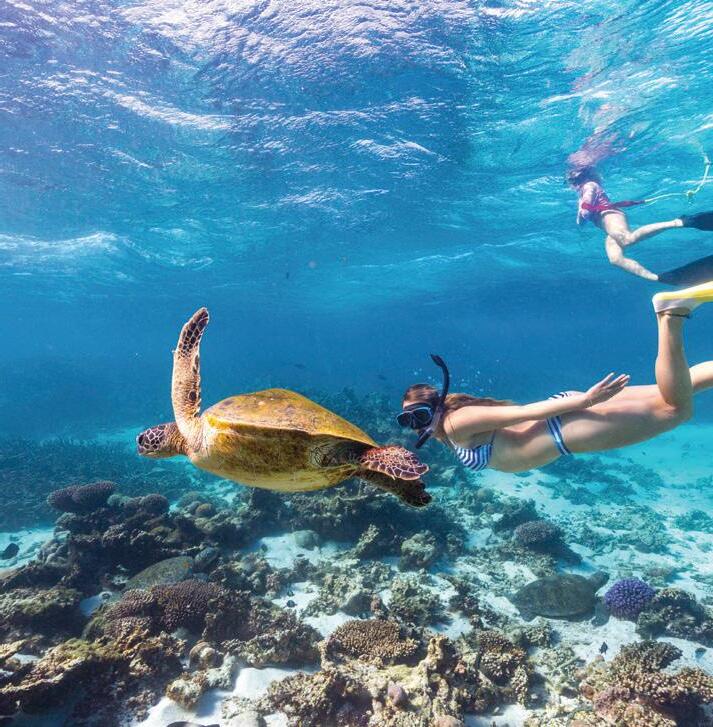

World,
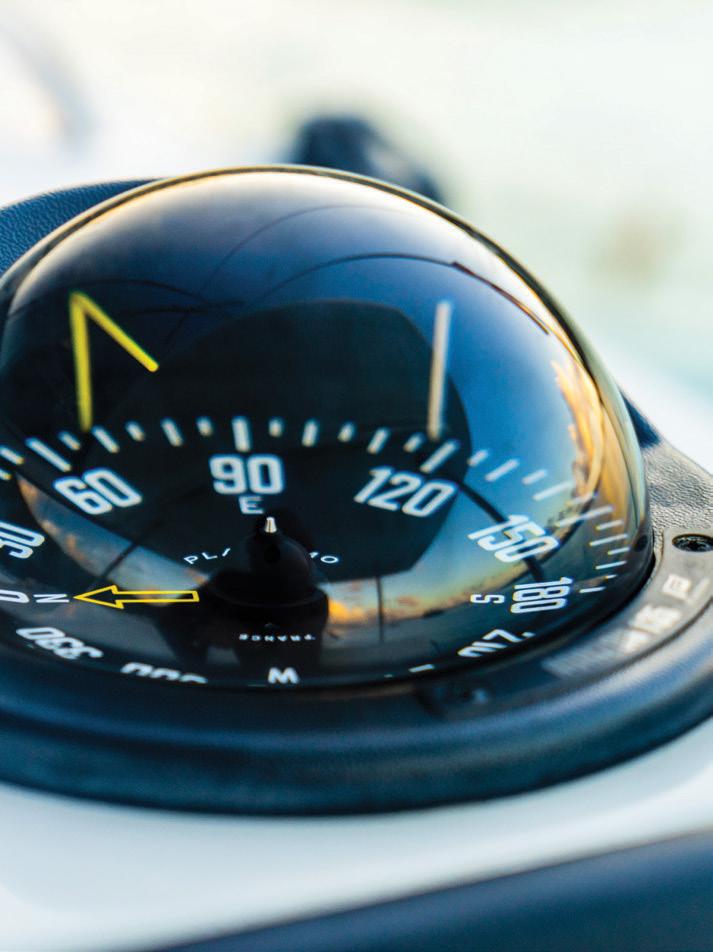
POWER TO SPARE!
Wind Power Water Power Alternators Solar Power Inverters Chargers Batteries
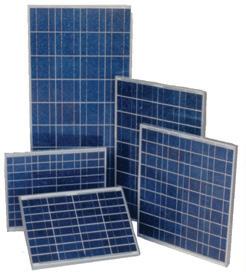


SAILMAKING EXCELLENCE
Stuart • FLORIDA • Ft. Lauderdale (772)283-2306 • FAX 283-2433
1-800-428-1384
www.macksails.com
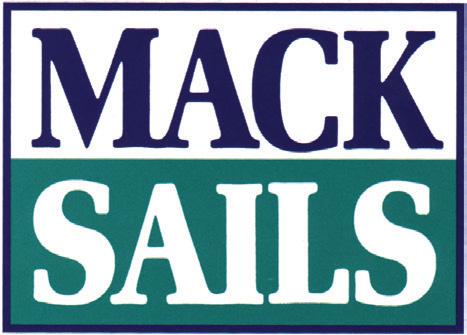
PROVIDING AFFORDABLE POWER SYSTEMS FOR OVER 30 YEARS!



508-743-9901
www.hamiltonferris.com
Want to learn to cruise together as a Couple? Captains Jeff and Jean can help you both become confident as individuals and as a team. Conducting prepurchase surveys, voyage training on your boat. Eastern US, Gulf Coast and Caribbean.
www.TwoCanSail.com

Stop filling up your valuable storage space with air. Easystow Fenders store in as little as 1/12th their inflated size. 5 foot models can replace hard to use fender board arrangements. Practical Sailor rated heavy duty models“best choice”.
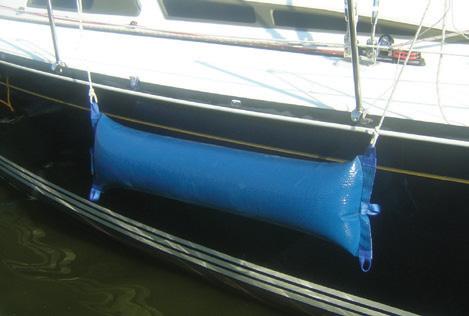
www.easystowfenders.com
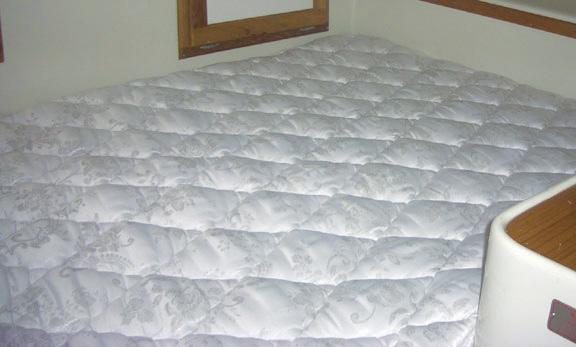
800-437-7654
888-989-6503
The
www.airheadtoilet.com
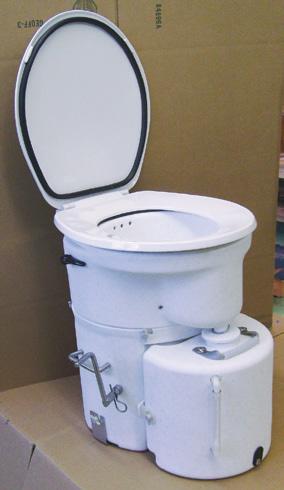

Looking for the right boat for offshore voyaging? For a flat fee I will use my extensive experience to help you evaluate, locate and purchase the best possible boat for your investment. John Neal www.mahina.com/consult
Standing and running rigging, life lines, winches, furlers, line and all types of sailing hardware. We are a rigging shop specializing in discount mail order. Problem solving is one of our specialties. Since 1984.

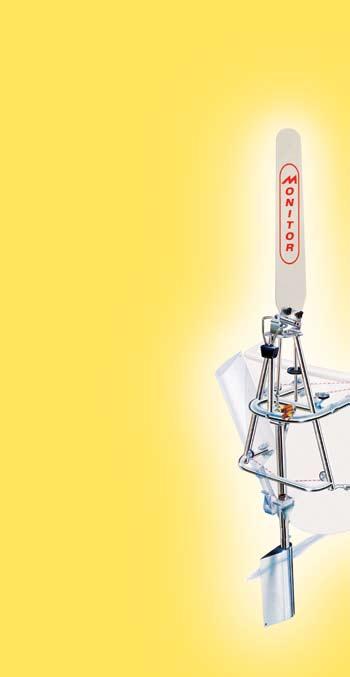
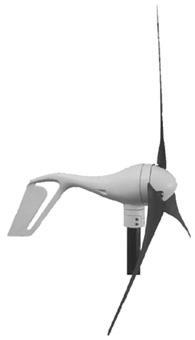
Rigging Only
www.riggingandhardware.com

e-mail: sail@riggingonly.com or call 508-992-0434
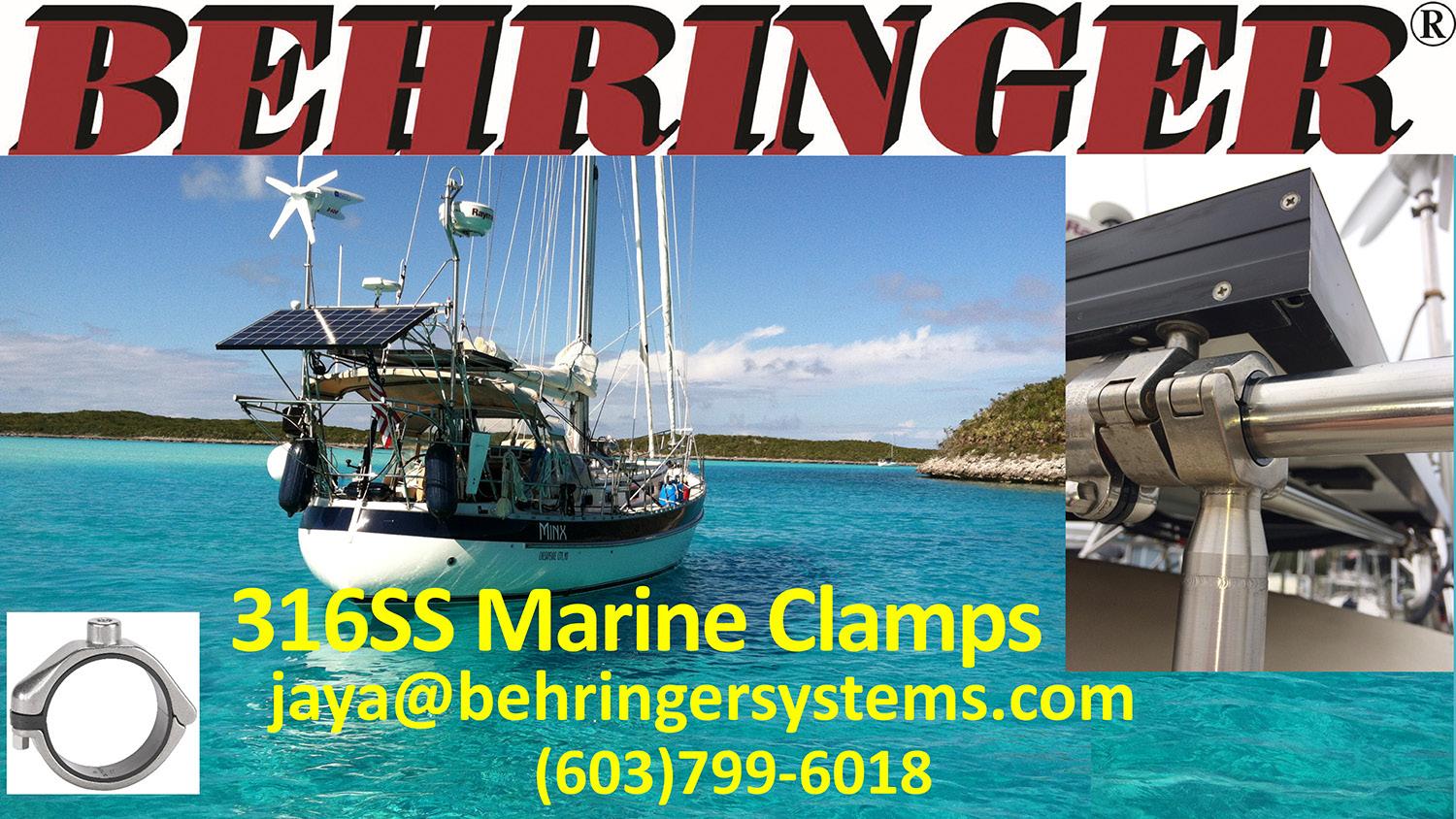

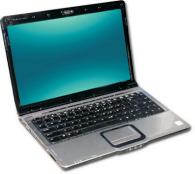
Explore legendary islands including Galapagos, Pitcairn, Tahiti, Bora Bora, Samoa, Tonga and more! Trainee and passengers berths. Casting off October 2012
Barque PICTON CASTLE (902) 634-9984
www.picton-castle.com